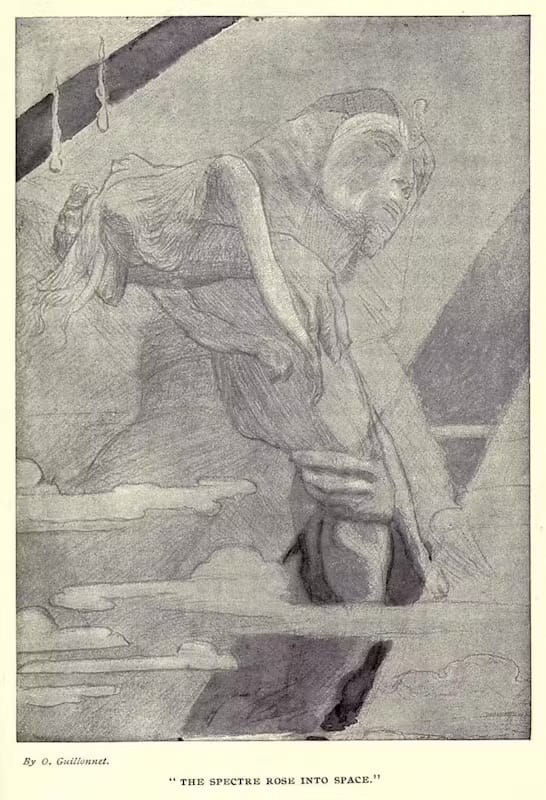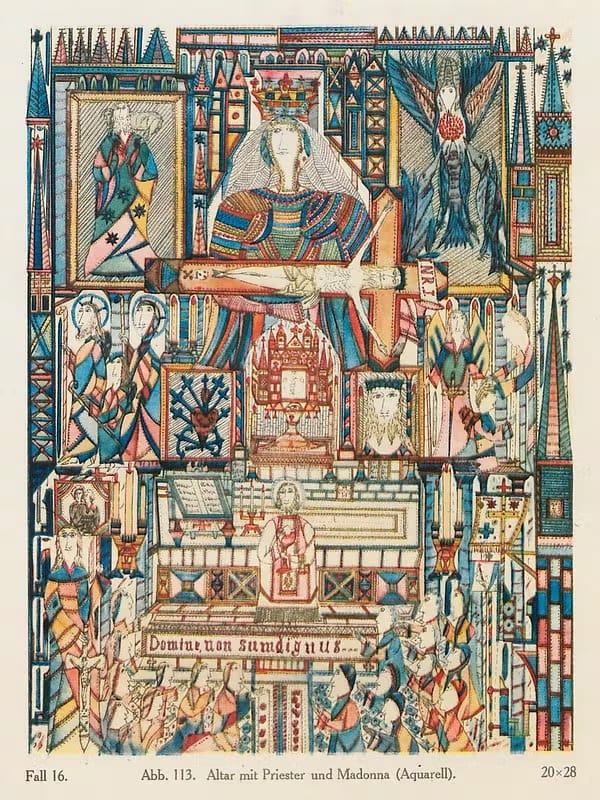When Buying Bread in the Grocery Store
In this case, green means “stop” and red (and orange and yellow) means “go.” Red, orange, and yellow signal sweetness and desirability to your brain, a concept that food marketers have long known about and employed. Next time you are in the snack food aisle in the supermarket, check out the packaging and signage and you’ll see that both forms of marketing are dominated by these warm colors. (Location 266)
We do not picture spirits dancing among brightly-lit supermarket aisles, no matter how bountiful the fruit is there. The fluorescent glow of warehouse lights and repetitive linoleum floors do not seem a good match (View Highlight)
When I do eat bread in the United States, it makes me feel bloated, but I have no such reaction with white bread made with yeast when I am in Europe. That’s because yeast ferments and destroys the lectins in wheat, taming their effects. And guess what? In France and Italy, where bread is produced by traditional yeast-rising techniques, almost all the bread is white, not whole wheat. It contains gluten, which has been digested by the yeast, but no WGA. Would it surprise you then to learn that sourdough bread, made by fermenting wheat with bacteria and yeast, consistently ranks as one of the safest and least injurious breads, in terms of blood sugar spikes? The bacteria and yeast together “eat” the lectins and a good deal of the sugars! (Location 860)
Remember this story when you peruse the sell-by date of any commercial bread or cracker or snack product. If the date isn’t the day it was manufactured, then the product for sure contains BHT or another similar deadly preservative. There are many reasons you want to avoid BHT—among (Location 881)




